Smart Home
The latest Smart Home breaking news, comment, reviews and features from the experts at T3
-

Subscription-free smart home gadgets explained: are there hidden costs?
It sounds very appealing, but there are still a few things worth knowing about
By Lizzie Wilmot Published
-
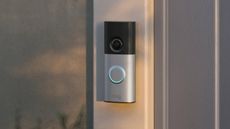
Your Ring video doorbell can now greet visitors with personalised responses, thanks to Alexa+
Amazon has upgraded its Ring doorbells with Alexa+ Greetings feature
By Bethan Morgan Published
-

Reolink prepares to unveil rumoured triple-lens camera series at CES
The brand has described the launch as a "groundbreaking lineup"
By Lizzie Wilmot Published
-
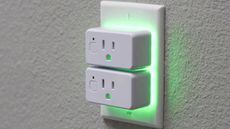
Shelly’s most advanced smart plug is here – its compatibility and price is hard to beat
Shelly launches its most advanced smart plug yet
By Bethan Morgan Published
-
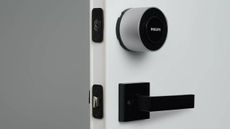
Philips has just given its 3000 Series smart lock a cool hands-free upgrade
Philips has teamed up with Durin to give its 3000 smart lock hands-free entry
By Bethan Morgan Published
-

IMOU’s new security camera has ‘always on’ recording and an unlimited battery life
IMOU’s new AOV Solar Panel Camera is packed full of smarts – and it’s surprisingly affordable
By Bethan Morgan Published
-

Reolink's new security camera is sleek, simple and subscription-free – and costs less than £40
If this is just the warm up before CES, Reolink could be in for a very big year
By Lizzie Wilmot Published
-

I’m a smart home expert – here are 5 ways I use smart tech to make Christmas more festive
How to use your smart tech to your advantage for a stress-free Christmas
By Bethan Morgan Published
-
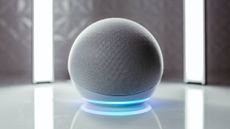
Your Echo Show can now automatically buy things for you, thanks to Alexa+
This Alexa+ upgrade makes shopping quicker and easier than before
By Bethan Morgan Published
-

Xiaomi’s futuristic triple-drum washing machine is now available to buy – here's how much it costs
Yep, that means you can wash three loads at the same time
By Lizzie Wilmot Published
-
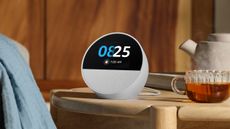
The brilliant Echo Spot is back to its lowest price and it's the best bedside assistant around
An ideal gift to get Alexa on your bedside
By Chris Hall Published
-

‘Alexa, play KPop Demon Hunters’ – Amazon reveals Alexa’s most asked questions of 2025
Alexa’s most asked questions of 2025 probably won’t surprise you
By Bethan Morgan Published
-

Govee has some impressive new smart lights on the way – and they could be here very soon
All has been revealed on the CSA’s database
By Lizzie Wilmot Published
-

Google speeds up Gemini for Home rollout for its speakers and displays – but when will you get it?
Gemini for Home is on its way, now faster than ever
By Bethan Morgan Published
-
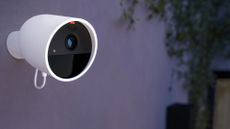
Philips Hue Secure 2K Wired Camera review: a perfection companion to your Philips Hue smart lights
Expand your Philips Hue smart home system with this camera
By David Nield Published
-

Best Dyson fan 2025: cool, heat and purify the air with picks from Dyson
Find the best Dyson fans and air purifiers for your home in T3's comprehensive guide
By Bethan Morgan Last updated
-

Best fan 2025: cooling gadgets for summertime and all-year-round relief
Find the best fans – desktop, tower, evaporative, you name it – from Dyson, Meaco and many more
By Bethan Morgan Last updated
-
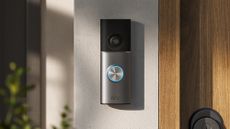
Ring doorbells get a major new update – although some might not welcome it with open arms
But it matches the best feature of Nest doorbells
By Chris Hall Published
-

Philips Hue's new app update just arrived – and it's the best one we've had in ages
Version 5.57.0 is available now from the Apple App Store and Google Play Store
By Lizzie Wilmot Published
-

Xiaomi’s new smart fridge has some brilliant features – and it could shape the future of kitchen appliances
It's also incredibly affordable
By Lizzie Wilmot Published
-

I’m a smart home expert – here are 3 trends I’m hoping to see in 2026
Could this be the year my smart home wish list goes from dream to reality?
By Lizzie Wilmot Published
-

Samsung’s Ballie home companion robot has been delayed yet again
When can we expect to buy the Samsung Ballie?
By Bethan Morgan Published
-
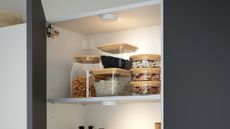
IKEA quietly launches new LED light with built-in sensor – and it's only £3
That's for a 2-pack!
By Lizzie Wilmot Published
-

6 smart home devices you need to upgrade your house for Christmas hosting
Sit back and relax while your smart home does the Christmas work
By Max Slater-Robins Published
-

Google Home app removes its ‘Call Home’ feature – and people aren’t happy
‘Call Home’ and ‘Broadcast’ has disappeared from Google Home
By Bethan Morgan Published
-

This Honeywell Home smart thermostat has a cool touchscreen which live streams your video doorbell
Honeywell Home debuts X8S smart thermostat – and it might be its smartest yet
By Bethan Morgan Published
-
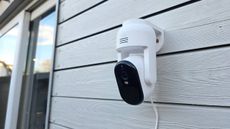
Arlo Essential 3 2K Pan-Tilt Security Camera review: well priced camera with useful AI smarts
This budget-friendly pan-tilt camera promises wall-to-wall 2K coverage and clever AI alerts – but can it really give Ring a run for its money?
By Lee Bell Published
-

This Google hack could give you early access to Gemini for Home – but it might not work for everyone
Want access to Gemini for Home early? This hack could be the answer
By Bethan Morgan Published
-
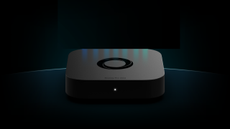
The Homey Pro Mini has arrived in the UK and Europe – it's the perfect gadget to start your smart home
It was launched in the US late last year
By Lizzie Wilmot Last updated
